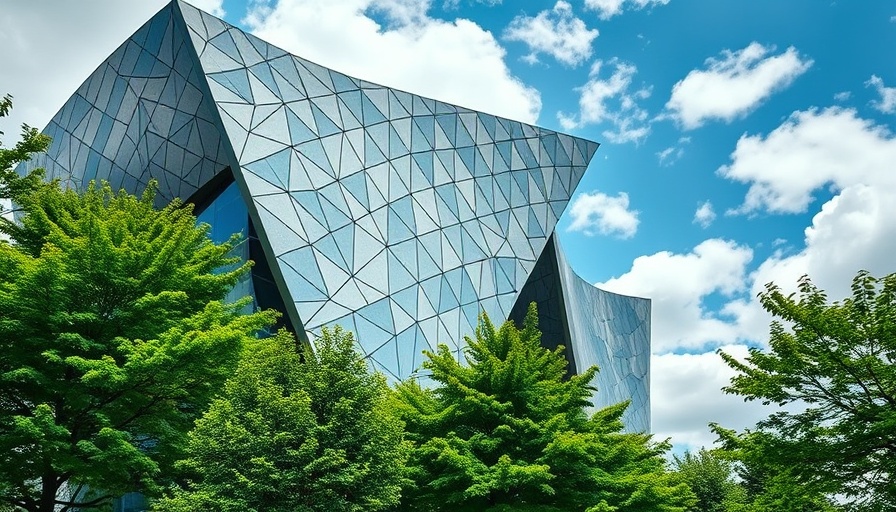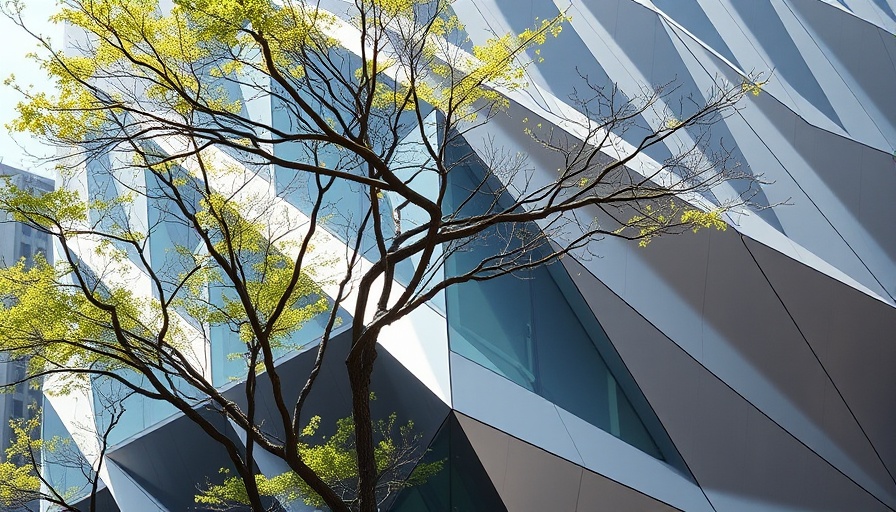
Modern Marvels Transforming New York's Skyline
From iconic structures like the Empire State Building to the towering Statue of Liberty, New York City has a lasting legacy of landmarks. However, as the city evolves, new modern landmarks are emerging, shifting the paradigms of architecture and public spaces.
The Shed: A Cultural Innovation Unveiled
The Shed at Hudson Yards stands out not just for its architectural innovation but also for its commitment to cultural flexibility. With a retractable shell designed by Diller Scofidio + Renfro, this cultural center adapts to various performances and installations. The ability to transform its space allows The Shed to facilitate a wide range of cultural experiences, appealing to the diverse interests within New York's vibrant community.
The Vessel: An Artistic and Social Hub
On the other hand, The Vessel, designed by Thomas Heatherwick, is more than just a climbable sculpture; it's a social hub that embodies the spirit of community interaction. Rising 150 feet with its honeycomb structure, it invites visitors to engage with one another while gaining stunning views of the cityscape. Despite its extravagant price tag, which ballooned to between $150–200 million, The Vessel's presence has undoubtedly sparked conversations around art, architecture, and the value of public spaces.
Engaging Public Discourses on Architectural Developments
As New York's skyline changes, these structures have ignited discussions among various stakeholders. While some view these modern landmarks as extravagant and disconnected from the city's historical fabric, others argue that they fulfill a crucial role in the narrative of contemporary urban life. They encourage social engagement and a renewed appreciation for public spaces, proving that modern architecture can honor tradition while paving the way for future creativity.
Looking Ahead: The Future of NYC's Landmarks
The future of New York's landmarks appears not only exciting but also reflective of a city that thrives on innovation. As urban designers and architects push the boundaries of conventional architecture, future projects may transform not just the skyline, but the interactions among residents and visitors alike. Observers can expect an even more dynamic conversation between the old and the new, echoing New York City’s enduring legacy of change and resilience.
 Add Row
Add Row  Add Element
Add Element 



Write A Comment